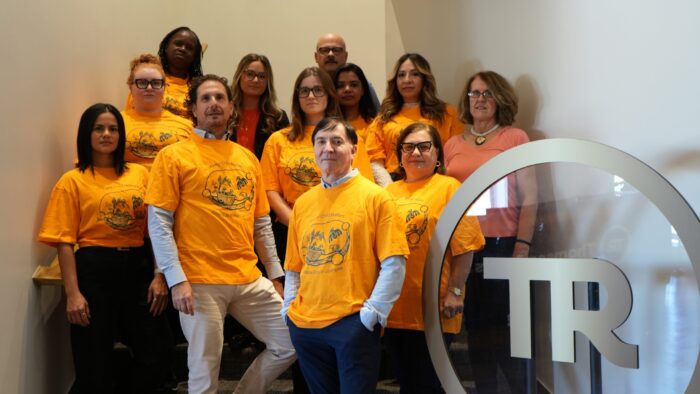Defeating Surveillance: A Guide for Health Care Providers in Personal Injury Cases
Author(s): Stacey L. Stevens*
July 3, 2024

Health care providers play a crucial role in supporting injured clients during their recovery, especially once they learn their client’s insurer has had them under surveillance.
In the recent case of Paicente v Allstate (22-007952), Allstate sought repayment of $101,000 in income benefits based on surveillance evidence. Luckily for Paicente, the License Appeal Tribunal rejected Allstate’s argument that the surveillance proved he was working. This case is just one example of how surveillance footage can be misinterpreted or selectively used to undermine a client’s injury claim.
There is no doubt that surveillance can be invasive and distressing for clients. They feel violated, angry, and betrayed. It is essential that health care providers have empathy and sensitivity during this time, but strong record-keeping and report writing is paramount as well.
There are many ways surveillance can significantly impact a client’s entitlement to treatment. Surveillance usually shows moments of apparent normalcy, leading insurers to question the severity of injuries. Certain surveillance clips are “cherry-picked” and only emphasize activities that seem inconsistent with reported limitations. A few minutes of grocery shopping, gardening or playing with children can overshadow weeks of pain and disability.
Below are some actionable tips for health care workers, with respect to documenting and report writing, which can minimize the impact of surveillance.
- Keep your records detailed, thorough and consistent. Document your interactions comprehensively and include specific dates, times, symptoms, and progress. The more detailed, the better.
- Update records promptly if a client’s condition changes. Consistent documentation strengthens their case.
- Acknowledge functional abilities. Be upfront about the fact that your client is able to do certain activities for a limited period of time. Include a description of what happens when a client pushes themselves for too long.
- Use objective language and eliminate assumptions. Quantify symptoms (e.g., “limited range of motion,” “difficulty walking”) rather than subjective statements.
- Use direct quotes: Use direct quotes when clients share their experiences. Capture their emotions and perspectives accurately. Obtain information from collateral sources when you can.
- Interdisciplinary Communication: Share relevant information with colleagues. Consistency across providers strengthens the case.
- Educate Clients. Use this as an opportunity to reinforce the importance of accurate symptom and impairment reporting. Clients need to understand how it supports their claims. Being honest about their symptoms and limitations is crucial. Surveillance aims to detect inconsistencies.
- Encourage them to speak to their lawyer. Alert them of the fact that surveillance may exist. In my practice, when my client tells me about surveillance, I will always write to the insurer or defence counsel and request a copy of the report and video.
In the end, it is impossible to prevent an insurer from using surveillance during the claim, but at the very least, we can work together to minimize the impact.
Stacey Stevens is a partner and a personal injury lawyer at Thomson Rogers. She devoted her practice to helping people who have sustained serious personal injuries from car, motorcycle, boating accidents and slip and falls. Stacey’s expertise has been sought out in interviews on Canada AM, the Business News Network and CFRB Radio, and in newspapers and magazines, including the Lawyer’s Weekly, Law Times, The Litigator and The Globe and Mail. Stacey can be reached at 416-868-3186 or by email.
Share this




